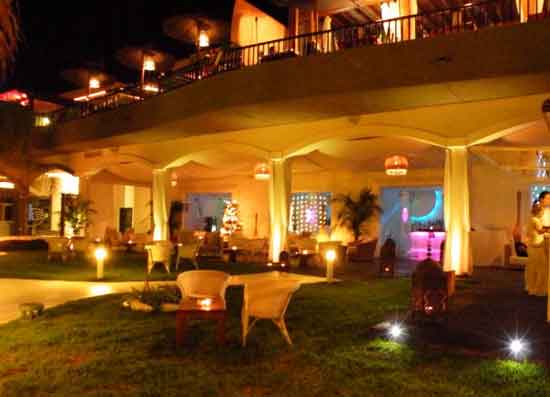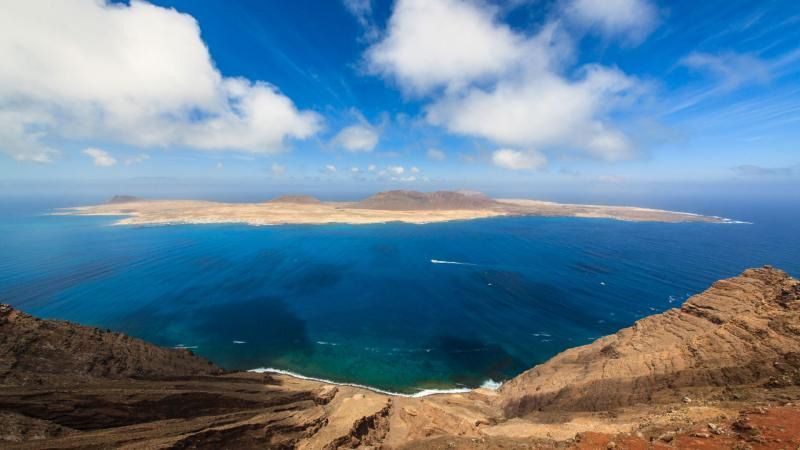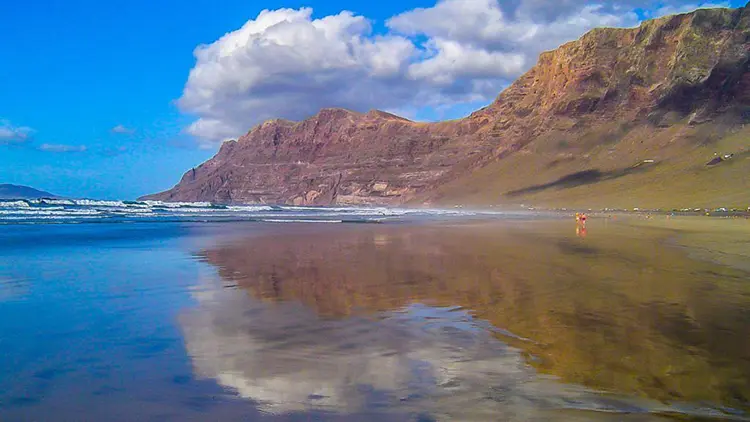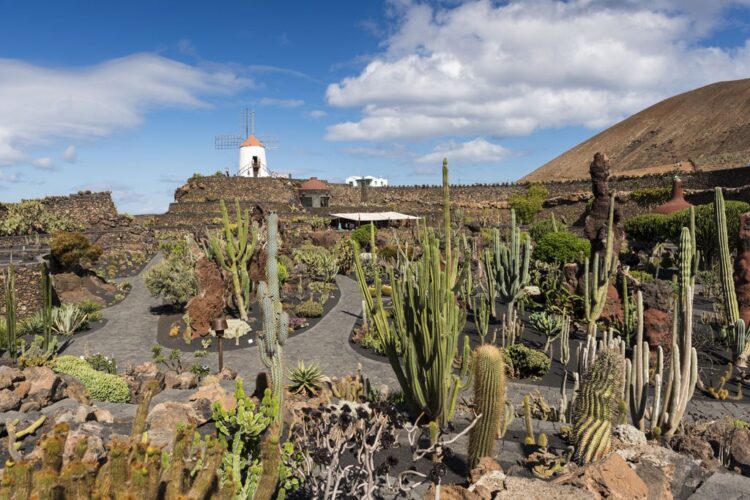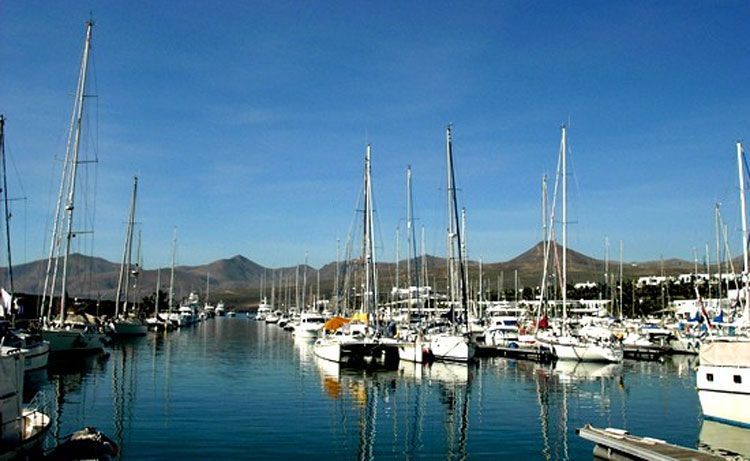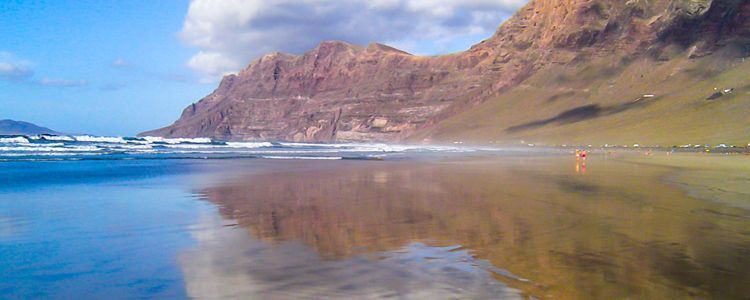Playa Blanca
El pequeño pueblo pesquero de Playa Blanca se ha transformado en el buque insignia del turismo de Lanzarote.
Sus ocho kilómetros de envidiable costa acogen la flota alojativa más moderna de la isla, en su mayor parte hoteles de cuatro y cinco estrellas.
El núcleo turístico más joven de Lanzarote tiene en su haber un magnífico clima.
Además, sus increíbles vistas a la isla vecina de Fuerteventura e islote de Lobos le confieren un atractivo especial.

Un amplio y acogedor paseo marítimo aprovecha todo el litoral.
El relax, las compras, la diversión y la solvente apuesta gastronómica, a base de pescado y marisco, se concitan alrededor de esta avenida de Playa Blanca.
En su margen este aparecen majestuosas las playas de Papagayo.
Un espacio natural protegido
Situado dentro de los límites del Monumento Natural Los Ajaches, digno de ser gozado una y otra vez.
Sus esplendorosas playas y calas cuentan con ese punto diferenciador que las hacen tan atractivas y relajantes.

Hacia el oeste del núcleo se encuentra el puerto de Playa Blanca, punto de vital importancia en la relación comercial y turística con Fuerteventura.
Alrededor de toda esta franja conviven el turismo con las urbanizaciones residenciales.
Modernas y señeras, se expanden hasta el límite urbano simbolizado en el faro de Pechiguera, Bien de Interés Cultural, hoy un tanto abandonado.
Hay un punto de notable interés para el visitante de sol y playa.
Se trata de Los Charcones.
Un conjunto de piscinas naturales en la cara noroeste de Playa Blanca.
Como ocurre con la experiencia en Papagayo, el bañazo en estos platos naturales de agua te transportan a una sobresaliente sensación de bienestar.
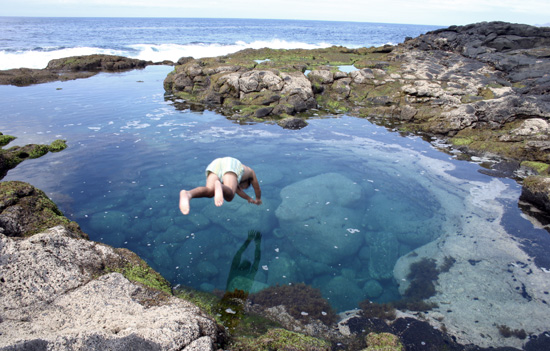
La dedicación de los habitantes de Playa Blanca a la pesca tiene su recompensa en los restaurantes de la localidad.
El puerto deportivo Marina Rubicón incrementa las opciones culinarias
Esta infraestructura deportiva desarrolla una importante actividad de ocio.
Hay boleras de bowling, pistas de tenis y pádel y un sinfín de agradables terrazas como Café del Mar.
La vida nocturna se desarrolla, cómo no, en las cercanías de la marina.
La disco Jungle´s y la espectacular terraza Marea resultan las propuestas más recomendables.
